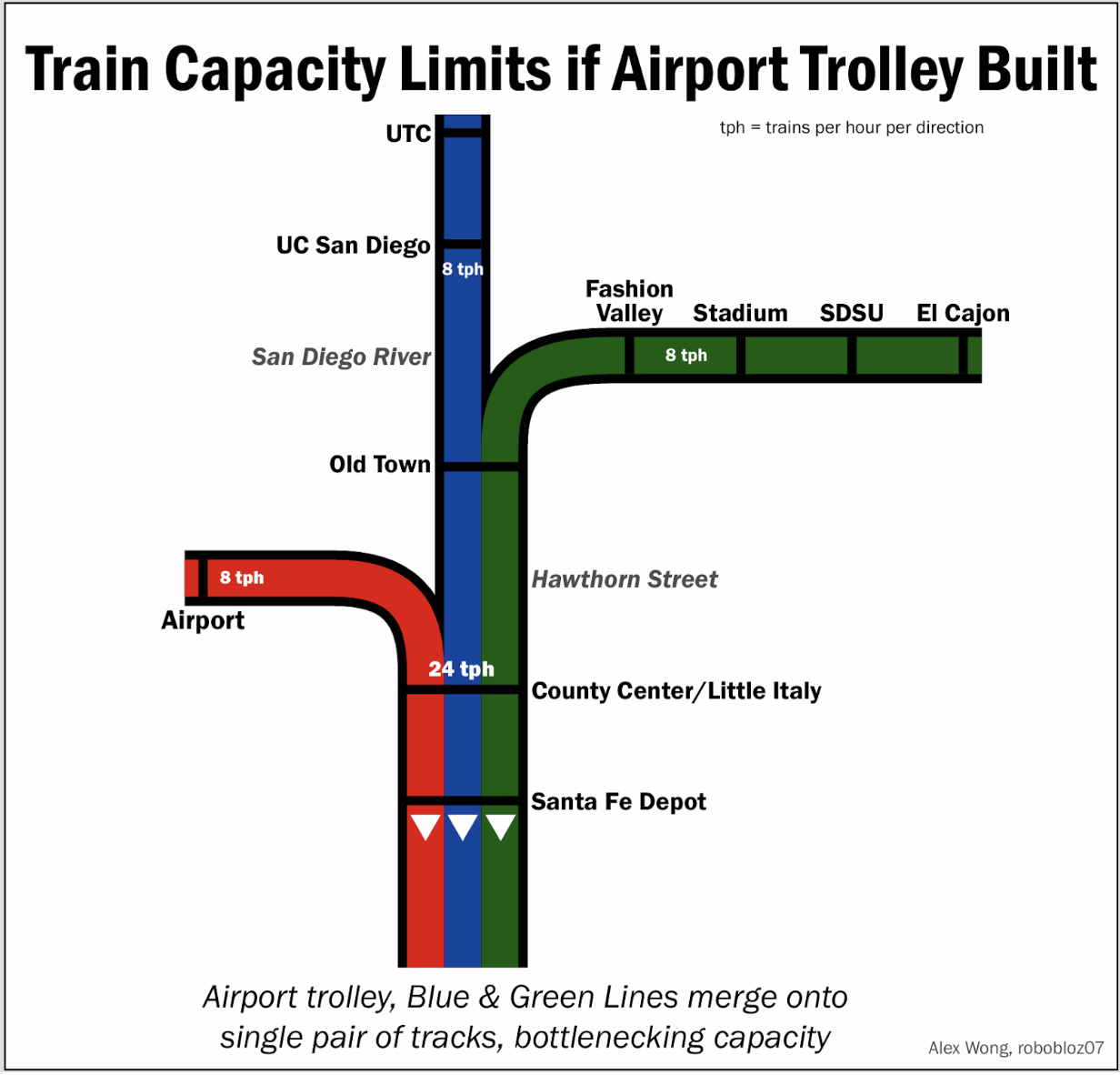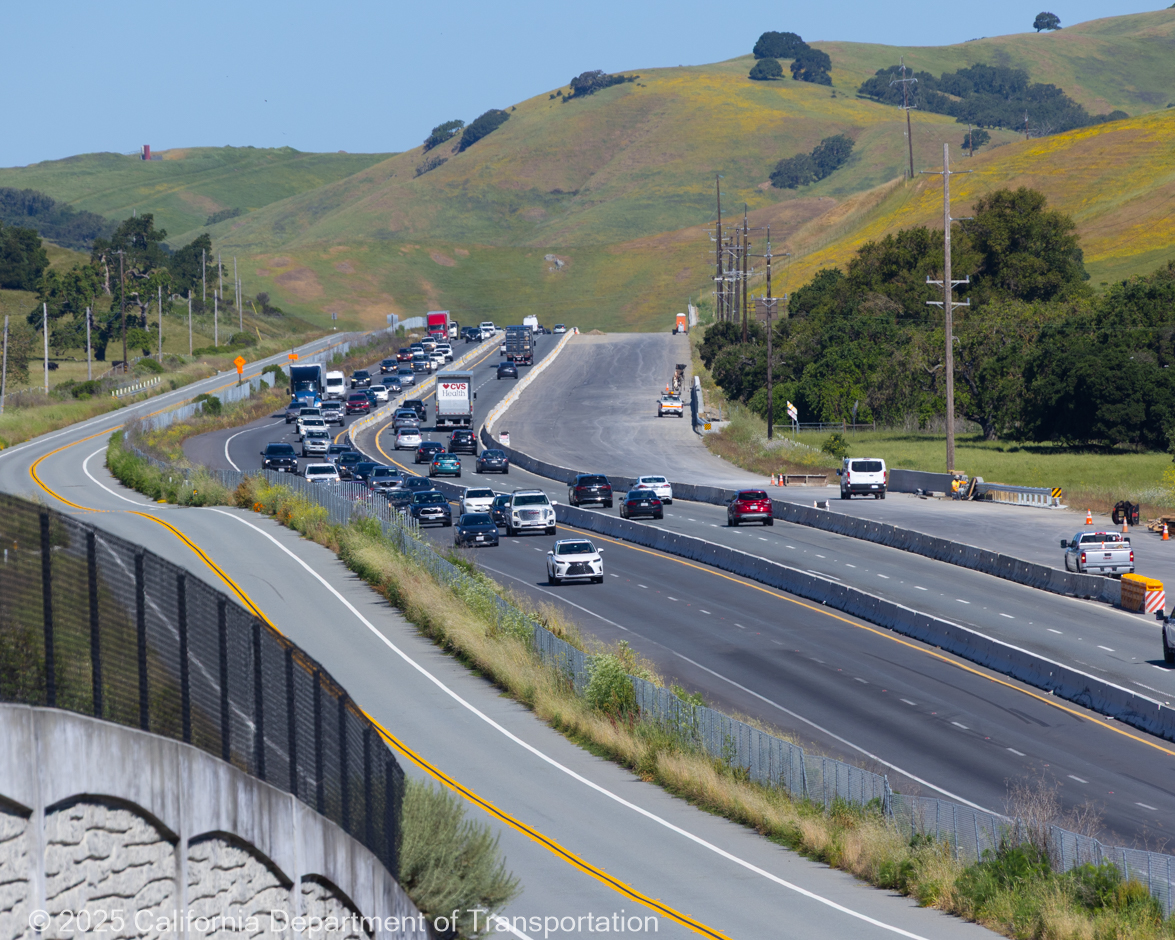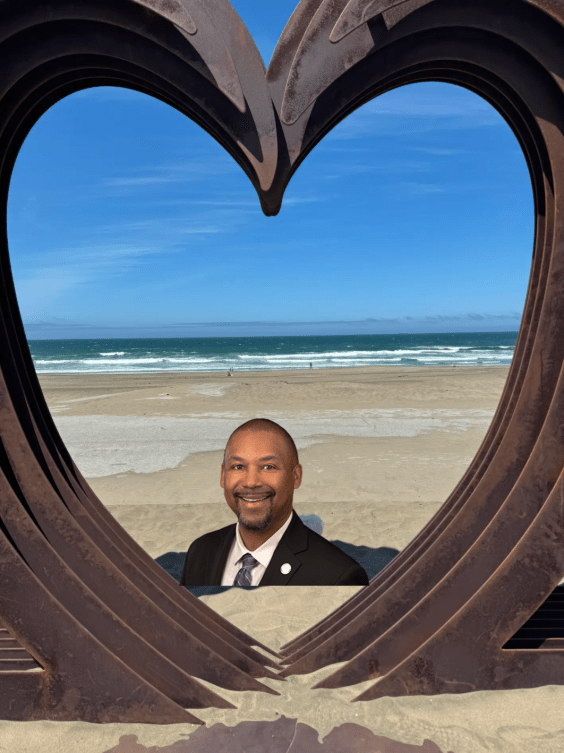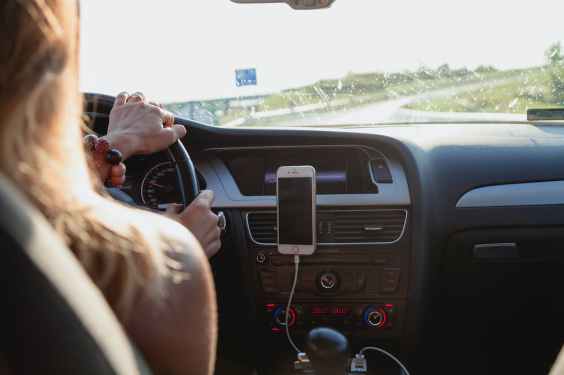
On streets where people drive fast, they are much less inclined to yield for pedestrians at unsignalized crosswalks, according to a new study published by the Transportation Research Board.
Chris McCahill at the State Smart Transportation Initiative explains the research:
The study, conducted in Boston, reveals that drivers are nearly four times more likely to yield for pedestrians at travel speeds around 20 miles per hour than at 40 mph.
The researchers observed 100 attempted crossings at each of nine marked crosswalks. All but one of the sites were two-lane streets, most had on-street parking, and most were in residential areas. Three of the streets also had commercial uses.
The sites were divided into three groups based on their 85th-percentile speeds. At 20 mph, roughly 75 percent of drivers slowed enough to let pedestrians cross. That rate dropped to around 40 percent at 30 mph and less than 20 percent as speeds approached 40 mph. The researchers also found that for eight of the sites (excluding the only four-lane street), travel speeds explained 99 percent of the variation in yield rates.
Lead author Tom Bertulis told SSTI the findings bolster the case for creating a more pedestrian-friendly environment by engineering streets for slower speeds, instead of just adding traffic signals or stop signs:
“Previously the emphasis has been on either putting down a traffic control device or not, due to various constraints. But now there’s hopefully increasing emphasis on also reducing speeds, whether it is through skinny lanes, signal coordination at 25 mph, or actually putting traffic calming devices on arterial roadways.”
Elsewhere on the Network today: Cyclelicious looks at the effort in Philadelphia to ensure that a new bike-share system is useful and accessible to lower-income residents. Strong Towns writes that after voters rejected a funding proposal, Missouri DOT is "throwing a temper tantrum" rather than responding substantively. And Wash Cycle discusses the pressures urban parents face to not allow their children to be active outdoors by themselves.





